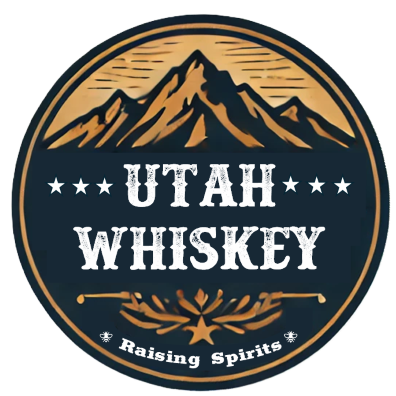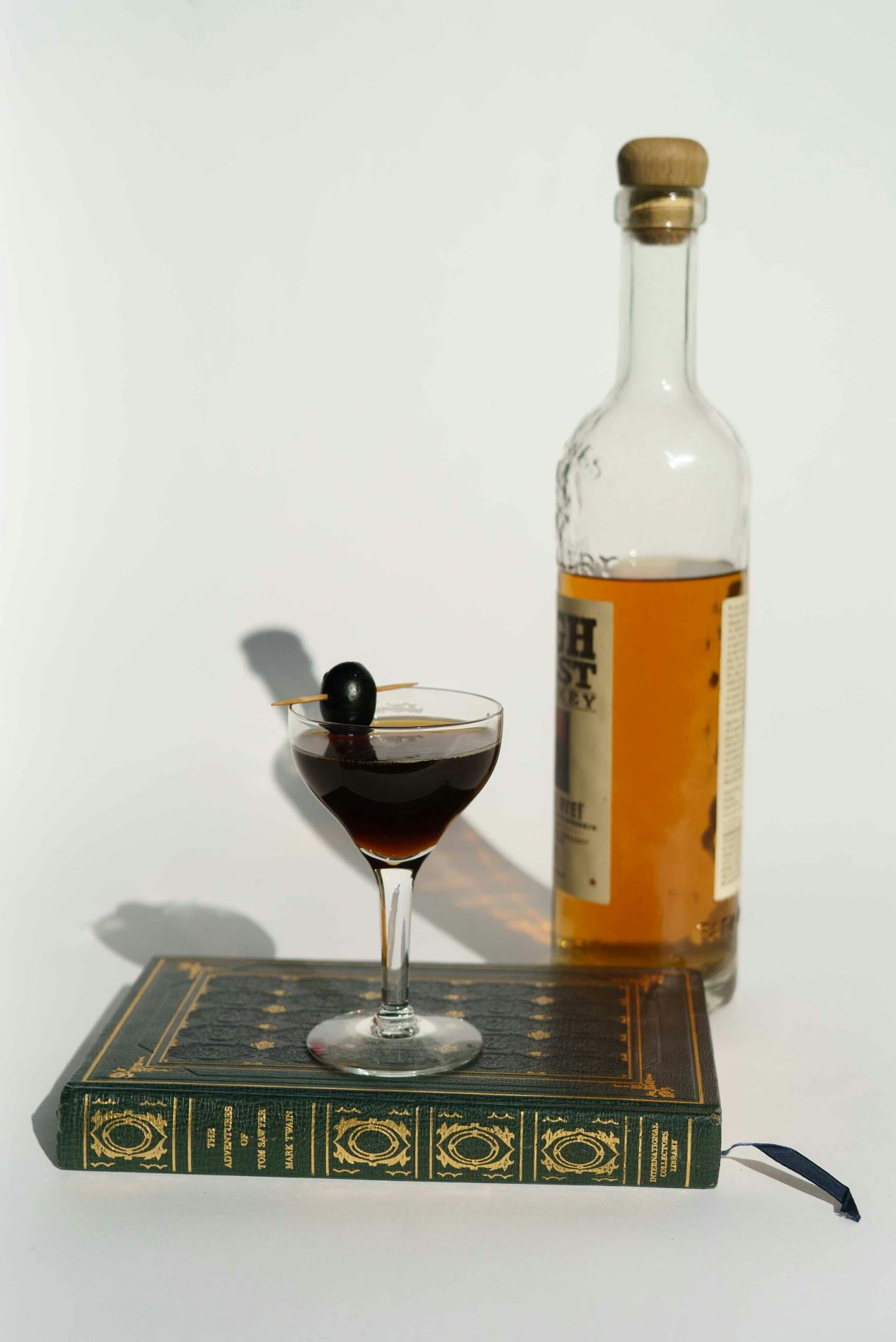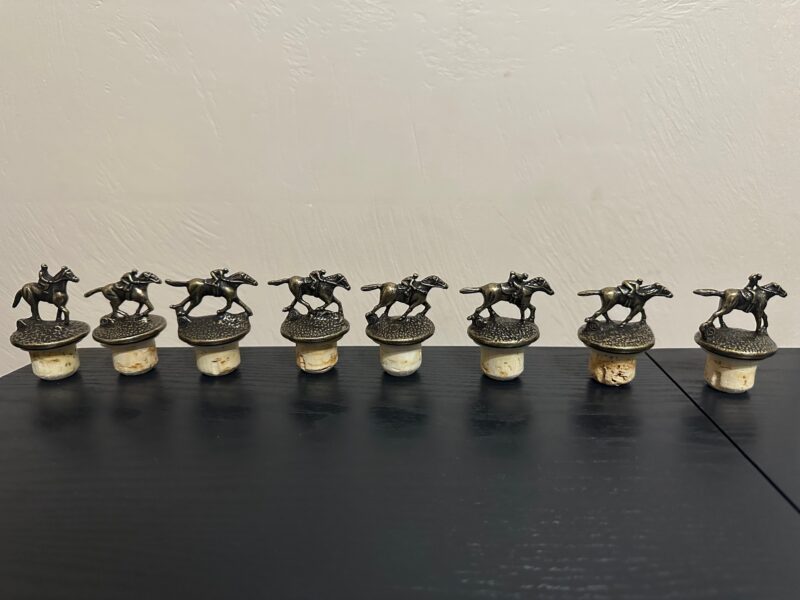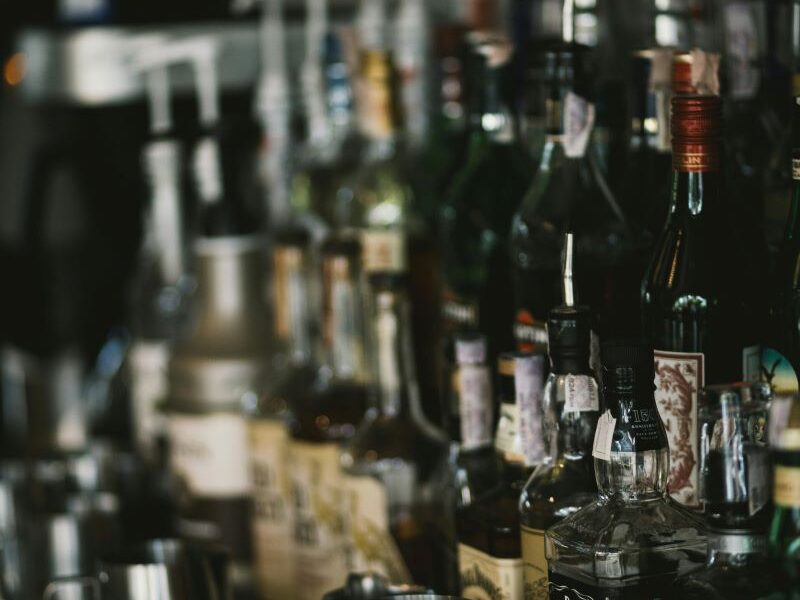Utah’s history with alcohol is as rich and complex as its stunning landscapes. From the early days of Mormon pioneers, led by Brigham Young, to the establishment of whiskey distilleries in the Wild West, Utah’s journey with alcohol reflects broader cultural and social shifts.
Brigham Young and the Mormon Pioneer Era
When Brigham Young and his band of Mormon pioneers arrived in the Salt Lake Valley in 1847, they sought to establish a new Zion, a place of refuge and religious freedom. The Church of Jesus Christ of Latter-day Saints (LDS Church), of which Young was a prominent leader, held strong beliefs about temperance, and alcohol consumption was discouraged. However, the early settlers were practical in their approach to survival in the harsh, arid environment of Utah.
Interestingly, despite the church’s stance, Brigham Young himself did not immediately prohibit alcohol. In fact, during the early years of settlement, alcohol was produced and consumed within the community. Wine, beer, and whiskey were often used for medicinal purposes, social events, and even religious ceremonies. Wine, in particular, was made locally from grapes grown in the fertile areas of Utah and southern Idaho.
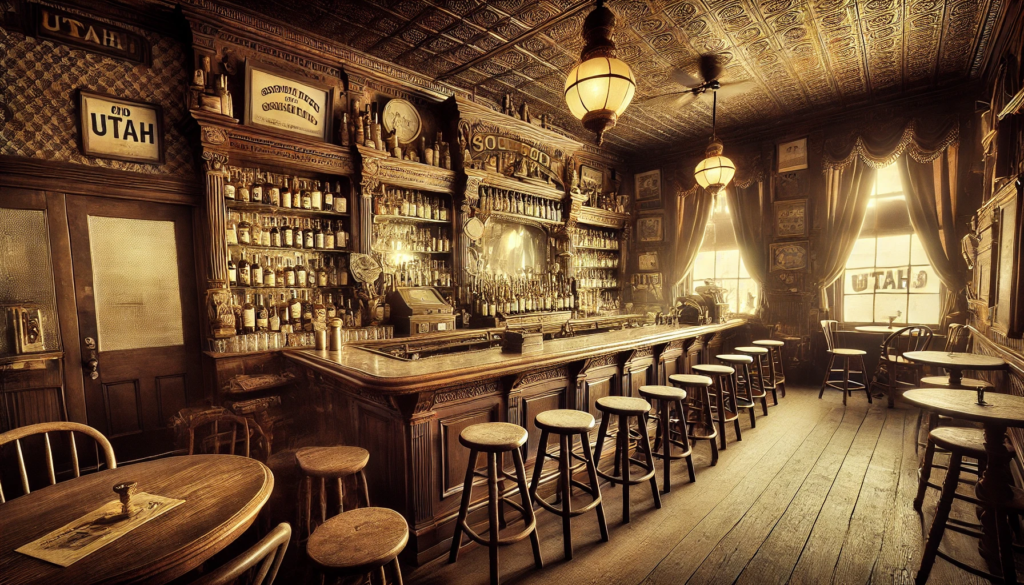
Early Whiskey Distilleries in Utah
As the population of Utah grew and the territory became more integrated into the larger economic systems of the American West, the demand for alcohol increased. The 19th century saw the emergence of several whiskey distilleries, which catered not only to local residents but also to the transient populations of miners, traders, and travelers passing through the region.
One of the earliest known distilleries in Utah was established in the 1860s by a prominent businessman and LDS Church member. The distillery in St. George, Utah, produced a variety of spirits, including whiskey, which became popular among locals and visitors alike. This distillery, along with others that followed, played a significant role in the economic development of the region, even as the LDS Church began to take a firmer stance against alcohol consumption.
The LDS Church’s Shift Toward Prohibition
By the late 19th and early 20th centuries, the LDS Church’s position on alcohol had shifted significantly. The Word of Wisdom, a health code revealed to church founder Joseph Smith in 1833, was increasingly interpreted as a strict prohibition against alcohol, tobacco, and other substances. This shift mirrored the broader temperance movement sweeping across the United States.
In 1917, Utah passed statewide prohibition, three years before national prohibition was enacted through the 18th Amendment. During this time, alcohol production and consumption were driven underground, leading to the rise of bootlegging and speakeasies, even in a state with a strong temperance tradition.
Modern Utah and Alcohol
The end of national prohibition in 1933 brought changes to Utah’s alcohol laws, but the state continued to maintain some of the strictest regulations in the country. Today, Utah’s unique liquor laws reflect its history and the ongoing influence of the LDS Church. For example, the state maintains control over liquor sales through a system of state-run stores, and there are restrictions on when and where alcohol can be purchased and consumed.
Despite these restrictions, Utah has seen a resurgence in local craft breweries, distilleries, and wineries in recent years. This revival pays homage to the state’s early pioneers who, despite their complex relationship with alcohol, played a role in establishing a lasting tradition of local production.
Conclusion
Utah’s history with alcohol is a story of cultural conflict, adaptation, and change. From Brigham Young’s pragmatic approach to survival in a new land, to the rise and fall of early whiskey distilleries, and the eventual embrace of temperance, Utah’s journey reflects the broader American experience with alcohol. Today, while the state continues to navigate its unique relationship with alcohol, its past remains a fascinating chapter in the story of the American West.
